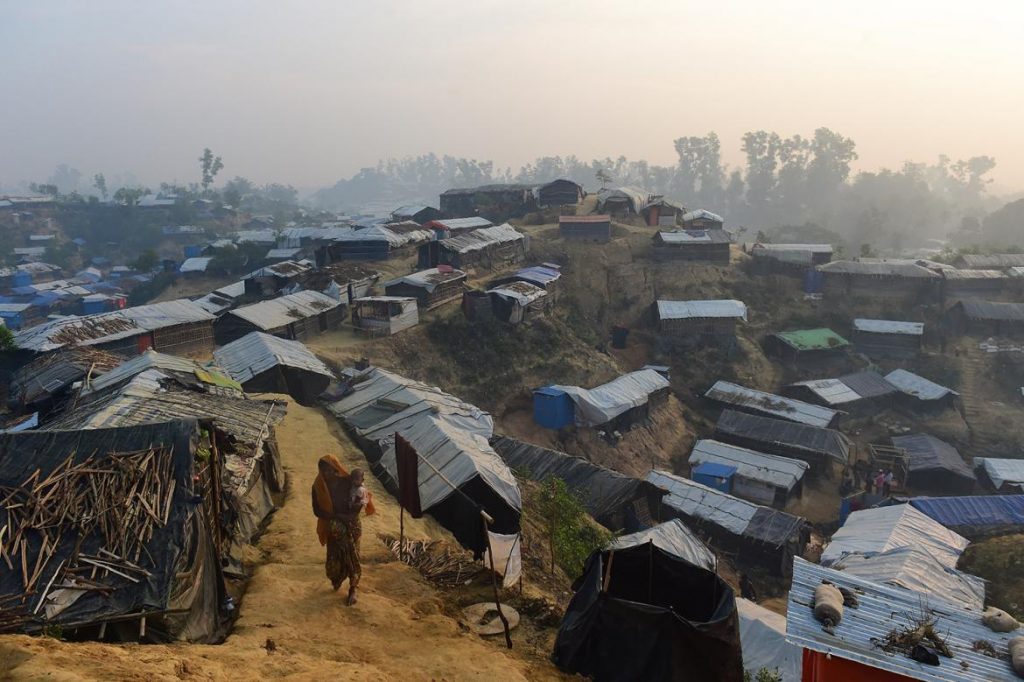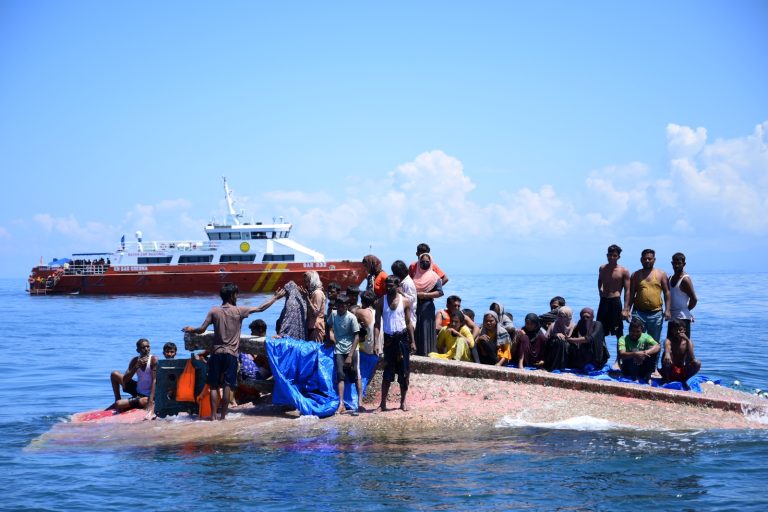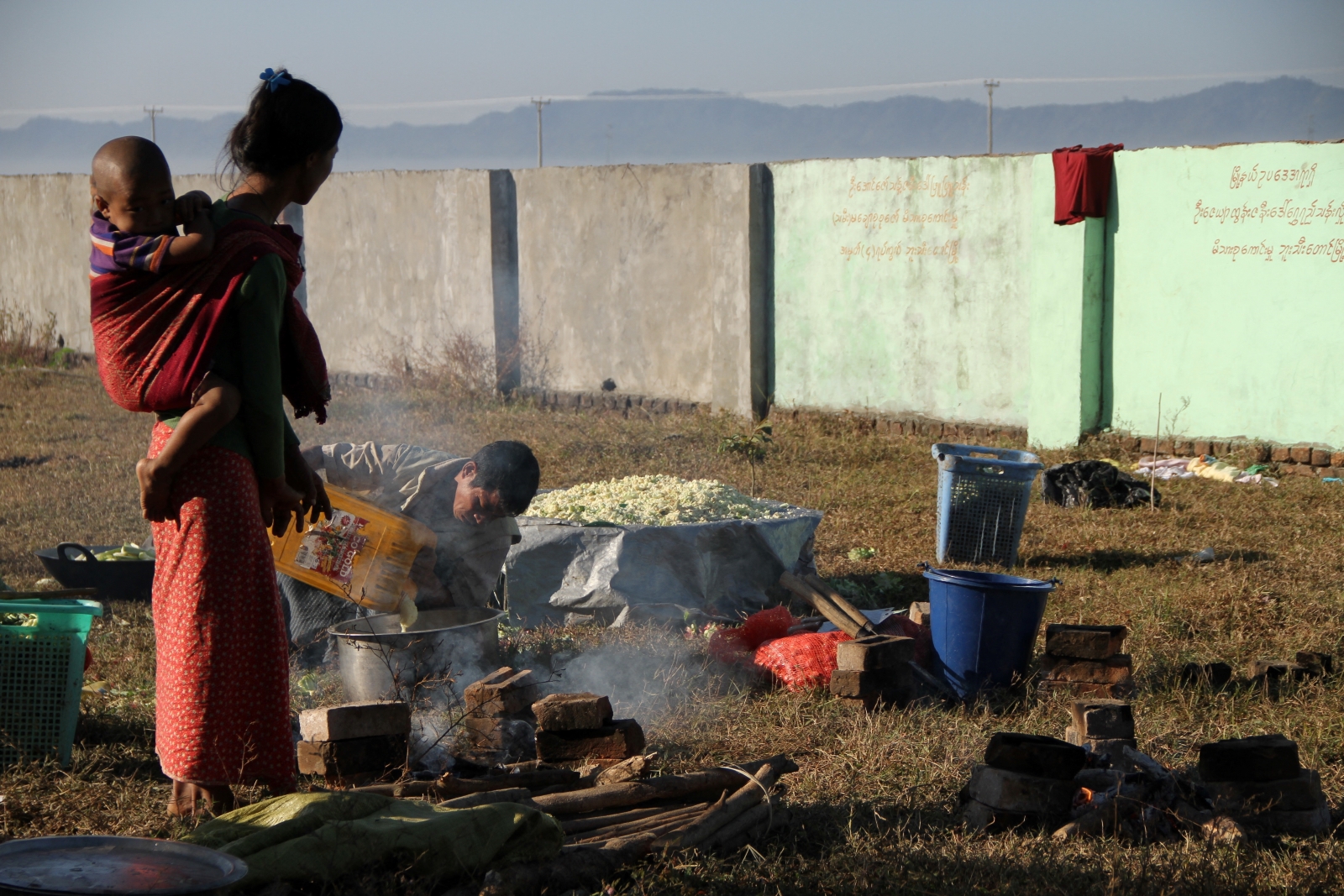Even if the refugees did want to return, the question remains as to where they will eventually be resettled.
By SITHU AUNG MYINT | FRONTIER
MYANMAR AND BANGLADESH signed an agreement in Nay Pyi Taw on January 16 for the repatriation of Muslims who fled to the neighbouring country amid violence that followed attacks by extremists in October 2016 and August 2017. The main point of the agreement, which followed detailed negotiations, is that both sides want to repatriate and resettle the refugees within two years. This week I’d like to discuss the challenges that are likely to be encountered in implementing the repatriation agreement.
United Nations agencies estimate that more than 655,000 Muslims left northern Rakhine State for Bangladesh after August 25, 2017, joining about 100,000 who had fled there after attacks on October 9, 2016. The repatriation agreement does not cover the estimated 200,000 refugees from Myanmar who were already living in Bangladesh.
It is curious that the Myanmar government has never provided its own estimate of the number of Muslims who have fled to Bangladesh. Township administrators and Immigration officials repeatedly tell the Myanmar media that they have precise information about the Muslim population in Rakhine, including group photos of families. If that is so, a check of those who remained in Rakhine will reveal how many have fled to Bangladesh. It is strange that the figure is yet to be revealed.
Myanmar’s policy is that repatriation must be voluntary. The process will require refugees to provide personal information on forms sent by Myanmar. If the information is verified they will be allowed to return. The government has prepared two reception centres in northern Rakhine’s Maungdaw Township to process returning refugees. They are at Taung Pyo Let Wae town, for those returning by land, and at Ngakuya village, for those returning by boat across the Naf River. After being checked at the reception centres, the refugees will be transferred to a temporary camp at Hla Po Khaung, which state-run media has reported covers 124 acres and is being built to accommodate 30,000 people. The authorities have not said how long people will have stay at the camp.
Support more independent journalism like this. Sign up to be a Frontier member.
Myanmar officials have not guaranteed that repatriated refugees will be able to return to where they had lived. Officials have designated 11 sites in northern Rakhine for resettlement. The sites are undeveloped and returnees will have to build their own houses. The government has arranged a “cash for work” program for the returnees so they can use the income they earn to cover housing costs.
Muslims from southern Maungdaw Township are not sure if they will be allowed to return to their villages. Rakhine politicians have demanded that Muslims should not be allowed to return to the area. Officials have still not clarified whether refugees can return to the area, where almost all Muslim villages have been burnt down.
The repatriation agreement faces many challenges and the first is whether the refugees will agree to return. Reports from Bangladesh say some refugees are reluctant to return because they fear for their safety and others are wary about the possibility of an extended stay in camps. The refugees know that residents of camps for the internally displaced near the state capital, Sittwe, live in conditions similar to house arrest.
Another big challenge will be restoring livelihoods. The refugees have lost their homes, livestock, motorbikes and other possessions. Many were farmers and an important issue for the government will be decisions involving land use. The violence that began with attacks by fighters from the Arakan Rohingya Salvation Army on August 25 last year resulted in more than 45,000 acres of paddy being abandoned before the harvest.
The government is making a concerted effort to use all available resources for the development of Rakhine and the resettlement of refugees.
The January 5 incident in which two soldiers and a civilian were hurt when a Tatmadaw convoy in Maungdaw was ambushed in an incident involving the use of a crude bomb, showed that ARSA remains active. If ARSA was to launch another coordinated attack, the Tatmadaw would retaliate, the government’s efforts to resolve the problem would come to a halt. In that case, it would not be possible to repatriate the refugees within two years as planned.







